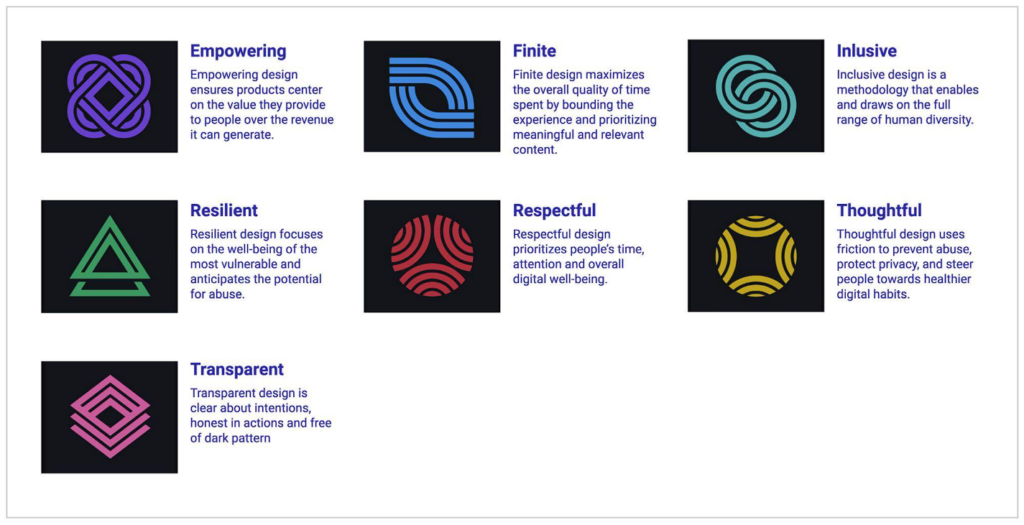Breaking Ground: University of Malmo Unveils Thesis on Sustainable UX Design
In the fast-paced world of digital design, UX designers hold the reins to shape products that define our modern landscape. Yet, amidst the rush to innovate, sustainability often takes a backseat in day-to-day operations, hindering progress towards holistic sustainable development goals.

A groundbreaking thesis from the University of Malmo delves deep into this critical intersection, exploring how a digital co-design toolkit can empower UX practitioners to infuse sustainability values into their work. With a thematic focus on the UN Sustainable Development Goals (SDGs), this research not only provides a comprehensive perspective on sustainable development but also offers a tangible approach for UX designers to contribute meaningfully to these global objectives.
This innovative toolkit represents a significant contribution to the field of Interaction Design, offering a practical framework for sustainable UX design that aligns with broader sustainability initiatives. As the digital landscape continues to evolve, it is imperative that designers embrace their role as catalysts for positive change, and this thesis paves the way for a more sustainable future in UX design.
From envisioning sustainable digital experiences to implementing actionable strategies, the University of Malmo’s thesis serves as a beacon of inspiration for UX designers worldwide. It’s time to harness the power of design to create a world where sustainability is not just a goal but a reality.
Download the Full Report from here – UX Design Toolkit




